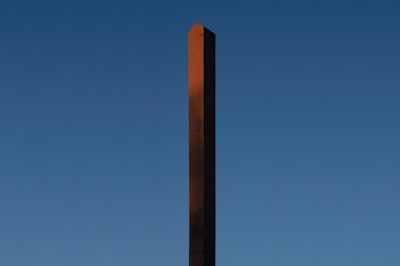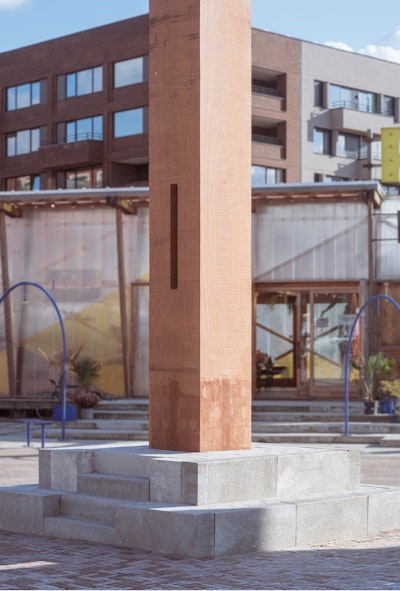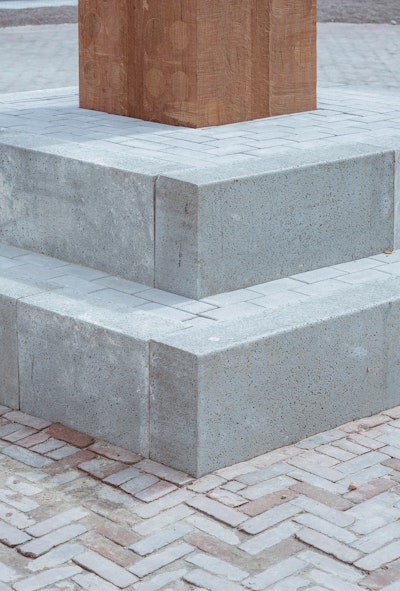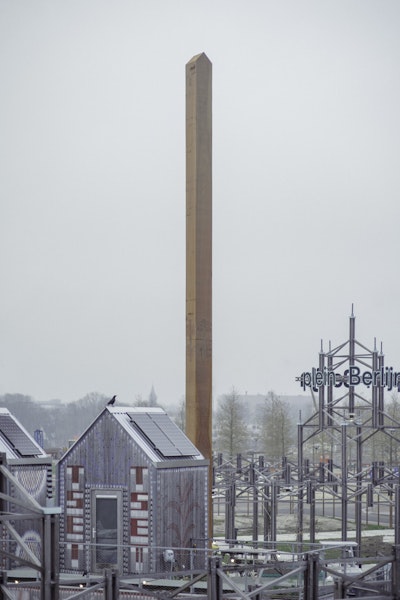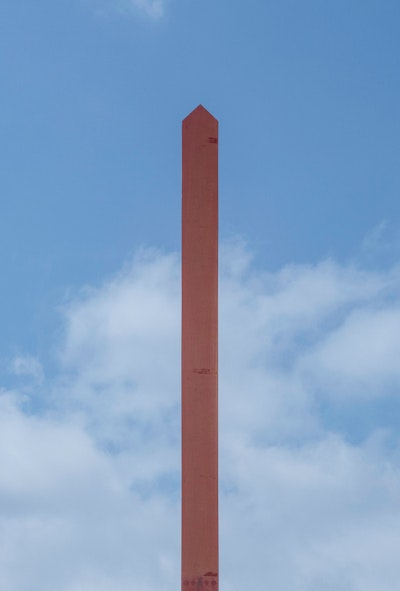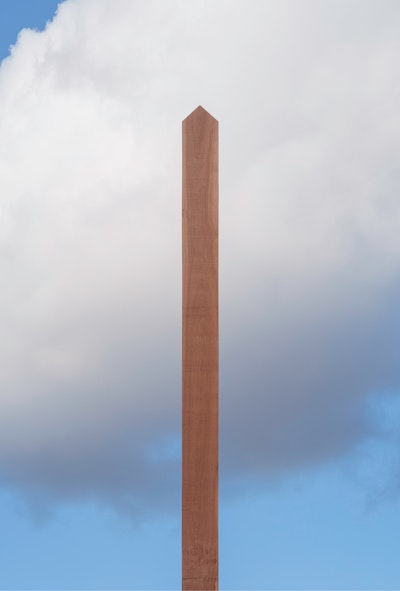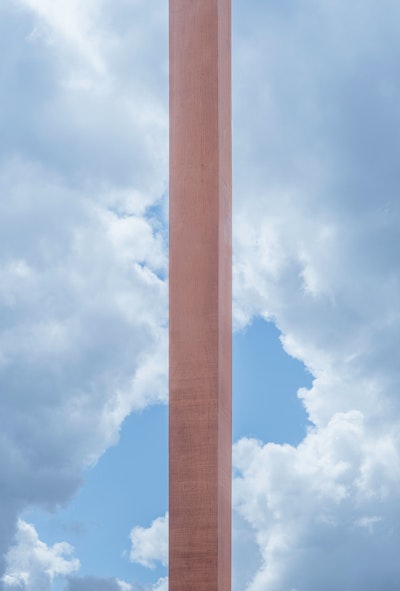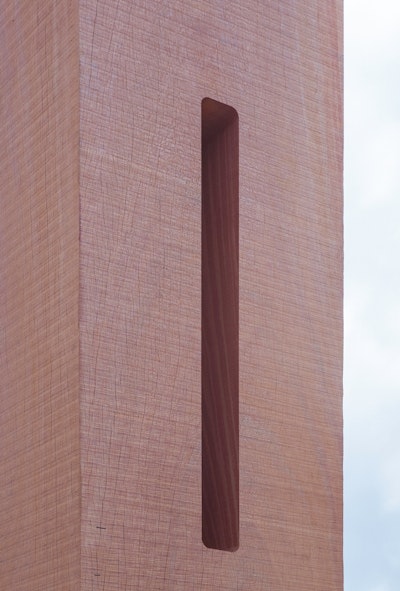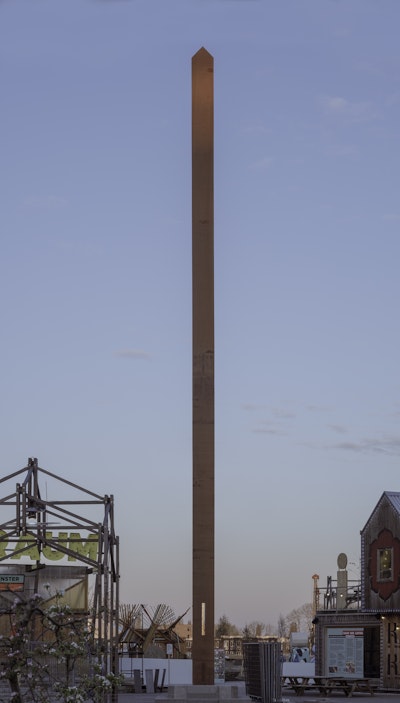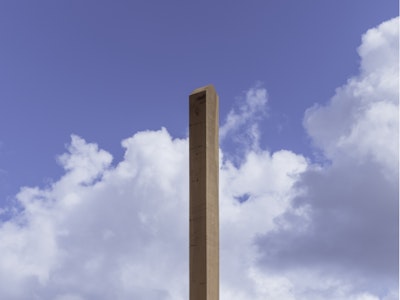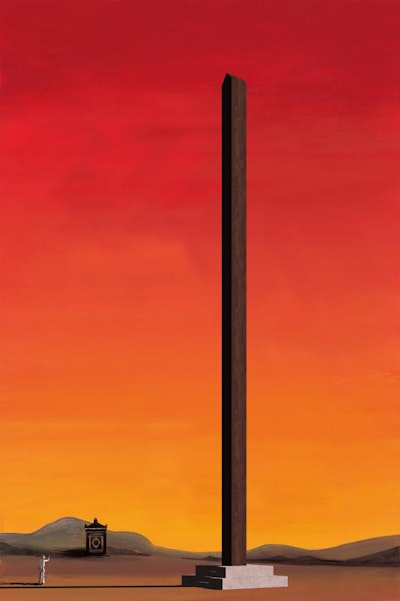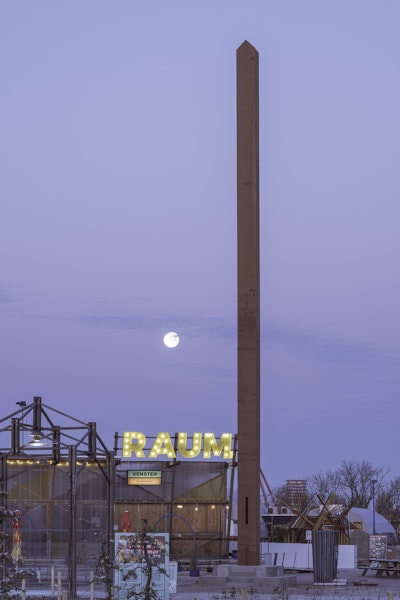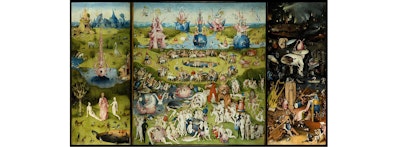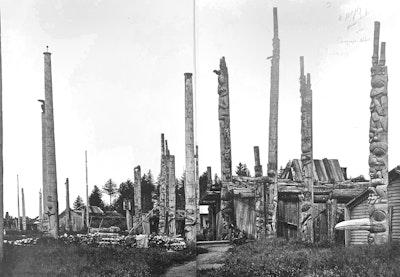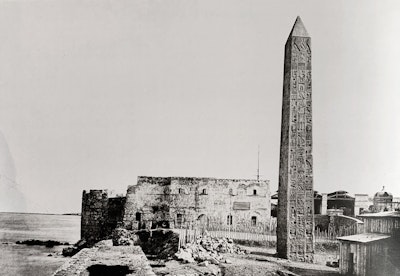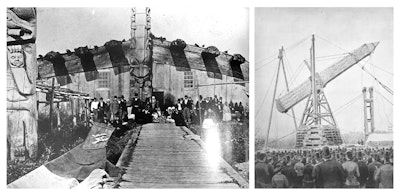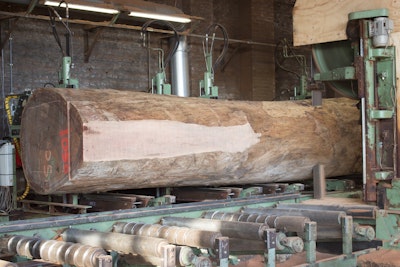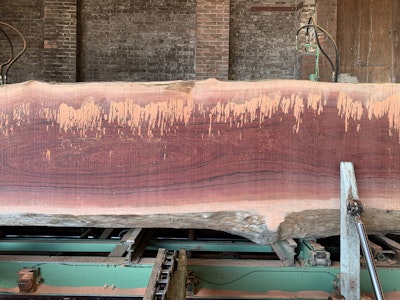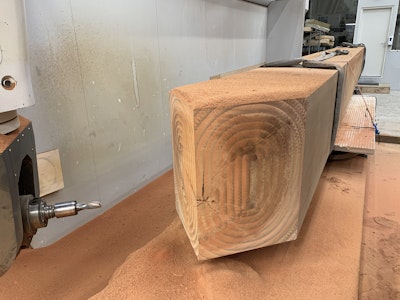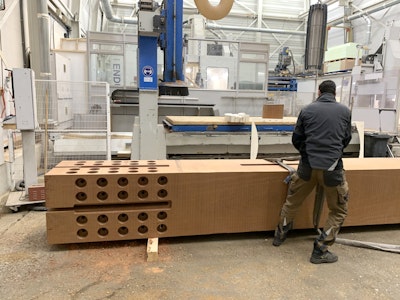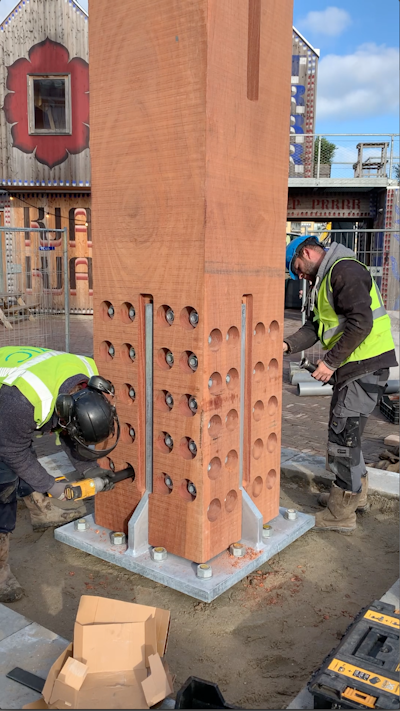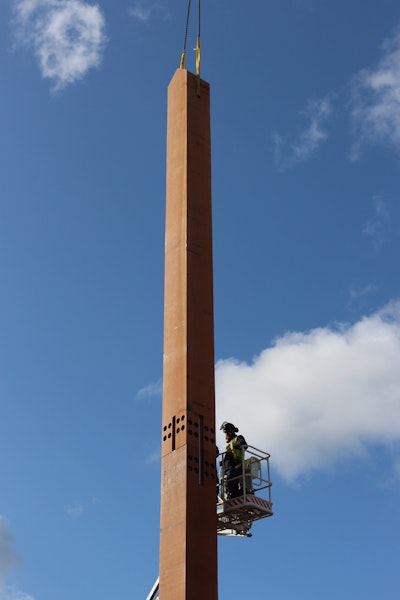An internationalist Monument
MonoXylon
Location: Berlijnplein, Utrecht, The Netherlands
Year: 2021
Client: RAUM stadslab
Program: Public art installation
Status: Completed
Curators: ZUS architects
Collaborators: Vandenberg Hardhout, Meerdink Winterswijk, Doornekamp Woodspecial, Vic Landscapes
Photography: Riccardo De Vecchi
Film: Editing by Michaela Lakova , Camera by Astrid van Nimwegen
Introduction
Introduction
It is reminiscent of obelisks from ancient Egypt or totem poles of the Native Americans but it is neither. As a new, still to be defined internationalist monument, this solid wooden sculpture invites you to think into the future. It is a centerpiece and symbol around which people gather, defining a place for contemplation and encounters. It invites us to renew our relationship with nature and the cosmos and searches for original approaches to existing social, religious, political or cultural norms. As such—contrary to many other monuments—the MonoXylon does not impose power from above, but rather concentrates collective power from those who surround them.
--> Film: Editing by Michaela Lakova , Camera by Astrid van Nimwegen
Raum Der Lusten
Raum Der Lusten
The MonoXylon is made for ‘RAUM Der Lusten’, a living laboratory for public spaces in Utrecht. Inspired by the famous triptych ‘The Garden of Earthly Delights’ by Hieronymus Bosch (1480-1490), ZUS Architects curated three landscapes for this exhibition: ‘Hell’, ‘Paradise’, and ‘The World’. Each landscape will be shaped by the works of art of established and up-and-coming artists and architects, and promises visitors a unique experience with unexpected encounters. Your behavior as a visitor is an integral part of the exhibition, which takes a look ahead to the city of the future.
Participants:
Atelier Van Lieshout, Maarten Baas, Andrea Hasler, Office CCXD, Studio Ossidinana, Extinction Rebellion, Watershed, Daphne Huisden, Jonathan Griffioen, Asif Azim, Selm Wenselaers, Simone Atangana Bekono, Sandro van der Leeuw, Willem de Haan, Myrte van der Molen, Lilly Higgins & Bruno Setola, Cécile Espinasse, Caz Egelie, Melissa Schriek, Failed Architecture, QFFU, Studio Smelt, Hugo Pilate
Research
Research
Independently from culture, time or location, multiple communities erected pillars which pierced the sky. Egyptian obelisks, European menhirs and tribal totems represent mystical relationships with a spirit-being, such as animals, plants and the cosmos. These type of monuments mark a place for rituals, ceremonies and gatherings linking humanity with the natural world. They are vessels to communicate and tell stories, and its symbolism shapes the identity of a place, a group or an individual.
Materiality, manufacturing and construction
Materiality, manufacturing and construction
Carved from a solid tree, the MonoXylon (Greek: monos= ‘single’ & xylon= ’solid object of wood’) represents our interdependent relationship with nature and the cosmos. The pitched roof (the classic house typology) is one of the most universal element of architecture and is used as a device to generate a “universal sacredness”. As such, the work is neutral and refuses any reference to a specific culture, religion or nation. As a non-referential but sense-making entity, this monument does not subsists as a symbol of something outside itself. The MonoXylon intends to be an internationalist symbol, representing and connecting the current and future multicultural communities of a particular place.
Gallery
